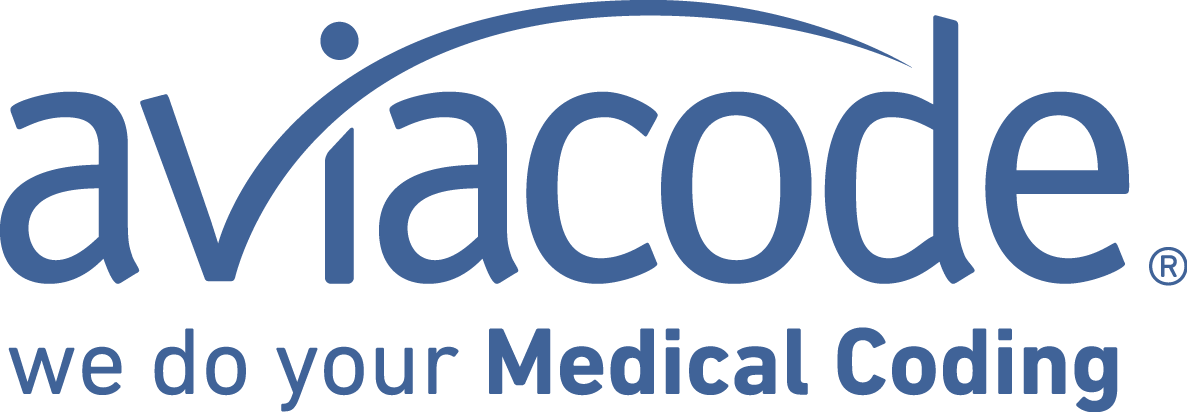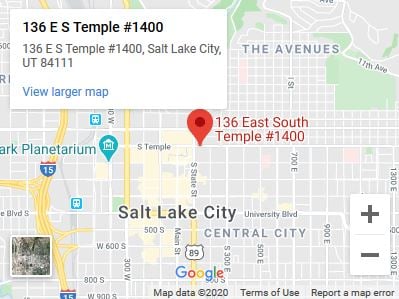In the notice, the CMS said it plans to use a mix of 75% fee-for-service data and 25% encounter data—information about the care an enrollee received from a provider—when determining plans' risk scores. In 2018, the agency is using a risk score blend of 85% fee-for-service data and 15% encounter data.
Healthcare stakeholders have lobbied heavily against the use of encounter data, claiming it often is not accurate.
America’s Health Insurance Plans (AHIP) spoke out against the change saying they have very significant concerns about the expanded use of encounter data given the unresolved operational issues that prevent CMS from generating complete and accurate risk scores and CMS has openly acknowledged that expanding the use of encounter data will reduce payments.
However, not everyone opposed the new CMS plan. In its comment letter, the American Hospital Association (AHA) supported the proposal, commenting that the new model would better compensate (Medicare Advantage) plans for the real risk associated with beneficiaries, as well as reduce variation among plan contracts.
The CMS said that by accounting for the number of conditions a beneficiary has among
the conditions that are included in the Medicare Advantage payment model, plans' risk scores are projected to increase by 1.1%. It recommended rolling the change out in 2019.
AHIP and the Alliance of Community Health Plans, which represents not-for-profit regional health plans, recommended that CMS begin phased implementation in 2020 to provide time for additional analysis of the model's impact by CMS and plan sponsors and allow MA plans time to adjust to other changes in the EDS model and continued improvement in EDS-reported data.
Medicare Advantage enrollment is projected to grow by 9% to 20.4 million in 2018. The CMS estimated that more than one-third of all Medicare enrollees, or 34%, will be in a Medicare Advantage plan in 2018.
Federal payments to Medicare Advantage plans are adjusted to reflect the beneficiary's level of sickness. Insurers evaluate the health of their members and build risk scores based on medical coding. The sicker the person, the higher the risk score and, consequently, the higher the payment an Advantage plan receives from the federal government.


